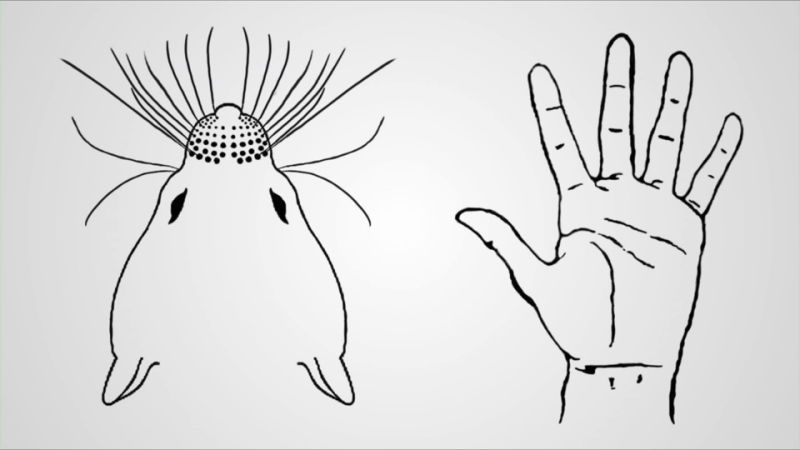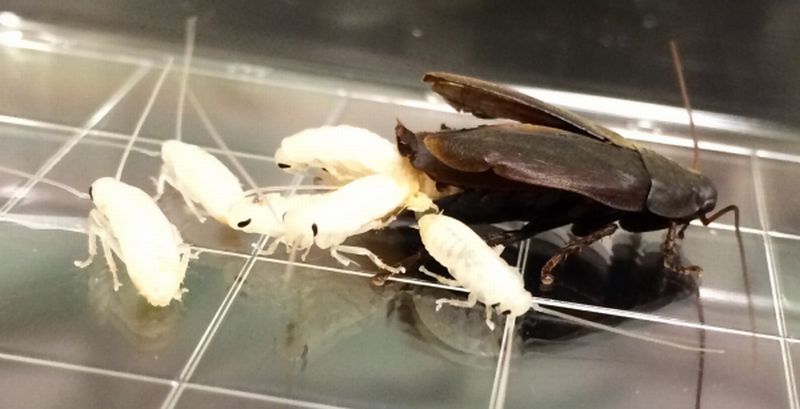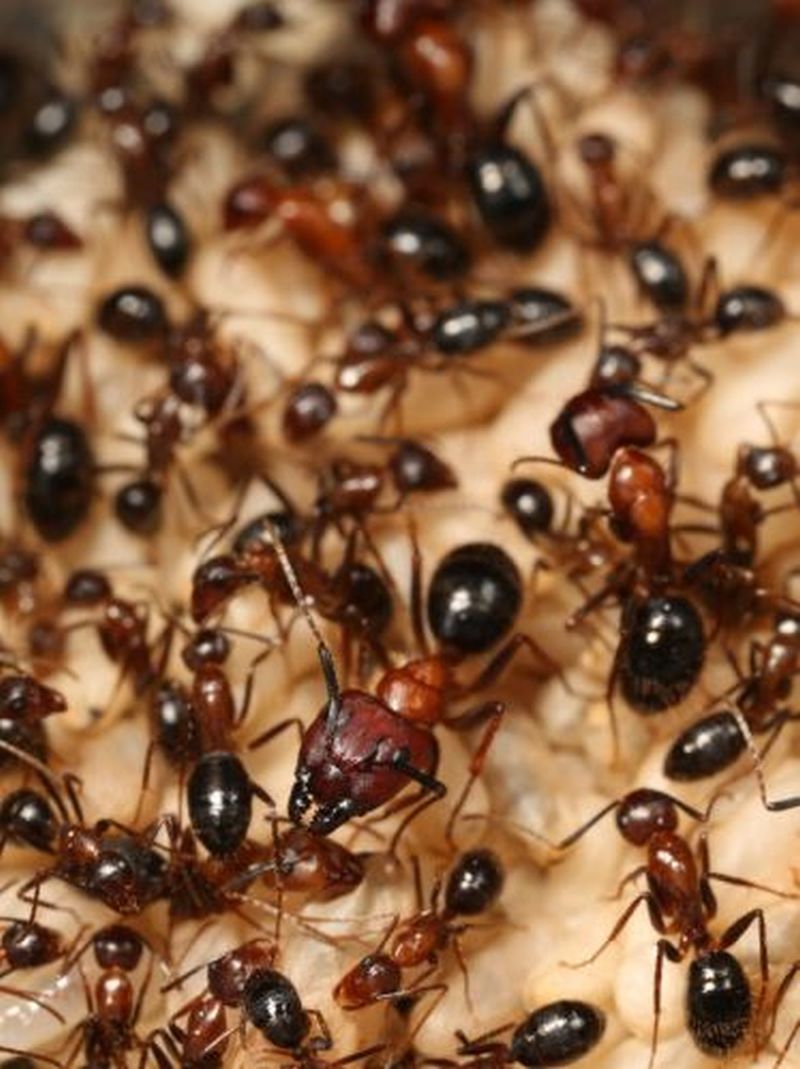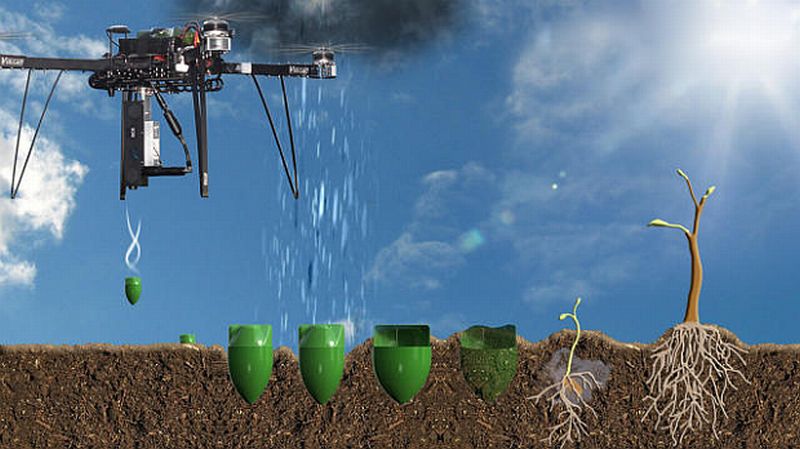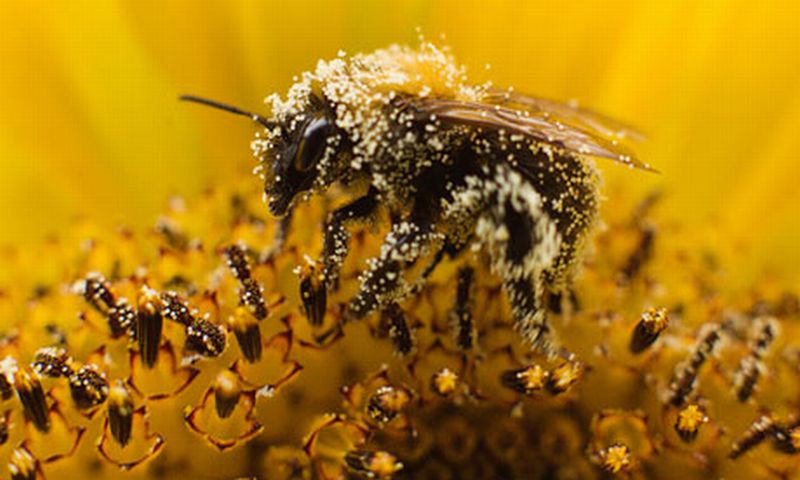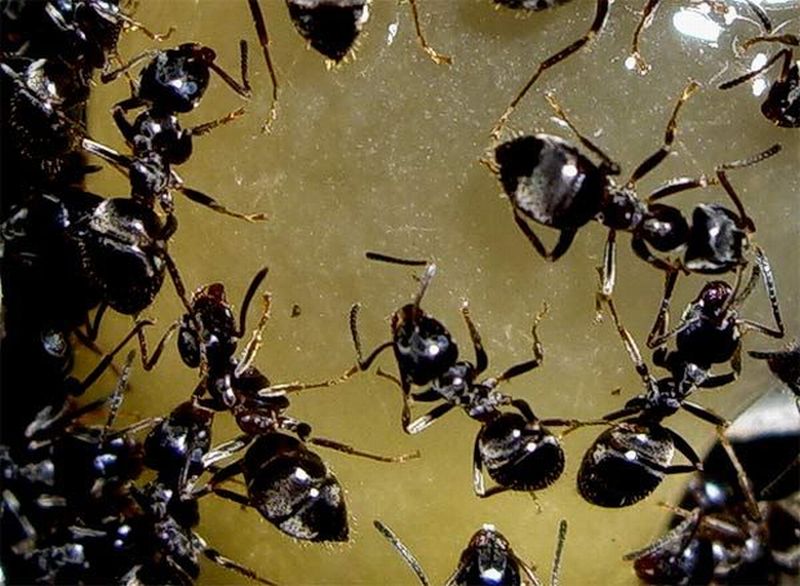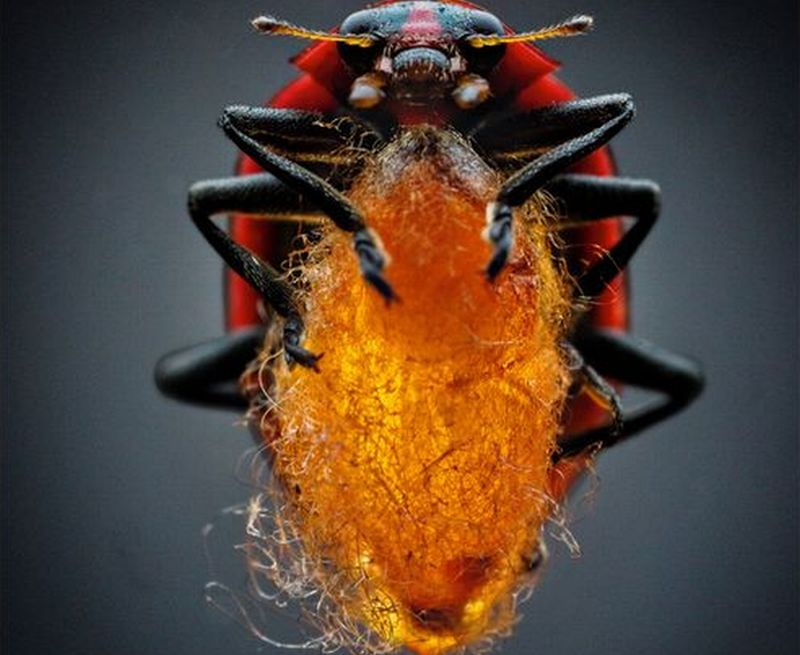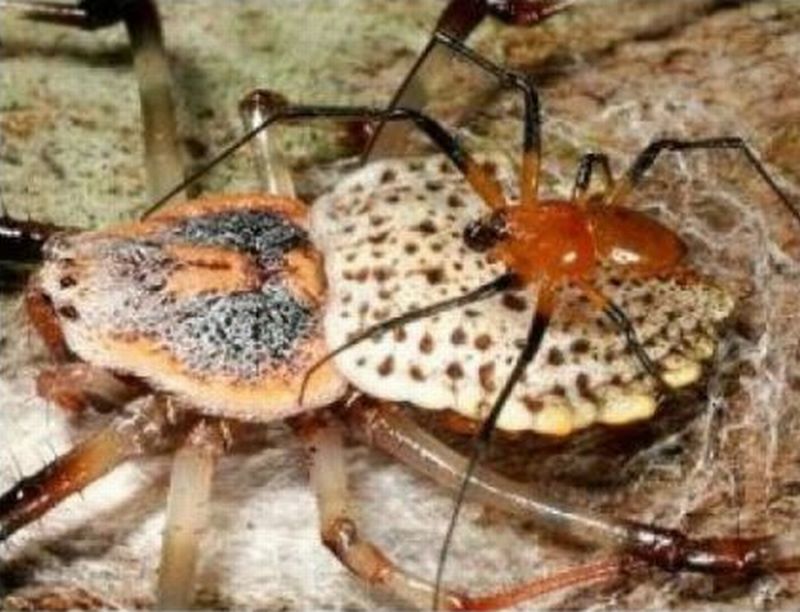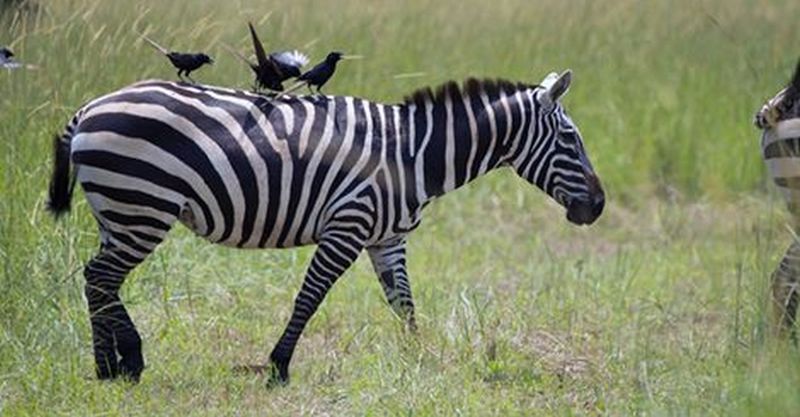Plastic waste management is one of the major problems worldwide. Plastics production utilizes valuable fossil feedstock and has a notable carbon impact. They are not only hard to decompose but are also occupying our landfills and entering the oceans.
Read MoreTag: environmental science
Whisker System Reveals How Neurons Communicate Touch: Sensing Mechanism
Sense of touch helps us in distinguishing things in regions where sense of sight or our eyes can’t go, let’s say in purse or pocket. If we are to fetch keys from loose change in our pockets, without giving it a second thought, we take out the required thing, this happens due to sensorimotor integration.
Read MoreCockroach Milk An Ideal Protein Supplement: The Superfood Of The Future
Humans do not welcome cockroaches. Their existence is often questionable and creepy especially to women folk. But what if you are told that the milk produced by the cockroaches are going to be the next super food of tomorrow. Bizarre!
Read MoreDigging Adaptations Facilitated Shell in Turtles: Study on Eunotosaurusafricanus
Turtle shell, conventionally, is considered an outer covering for protection and lodging for the animal. Till date, turtle is the only living vertebrate with such a sturdy broad ribbed proto shell. However, recent study of fossil turtles, which happen to be around 260- million-year-old, has revealed that the hard and rigid protective structure of the animal is not adapted for protection rather for digging underground. Dr. Lyson, the scientist behind this discovery said that during the early (evolutionary) phase, birds’ feathers too were not employed for flying. Nevertheless, birds starting…
Read MoreAdvanced sense of odor helps ants identify individual ants: Nestmate versus Non-nestmate
Scientists studying ants have always wondered how ants living in huge colonies, identify other ants belong to same colony or is an intruder or enemy ant. Researchers from The University of California, Riverside have found an answer to this question. They have found that ants communicate via diverse hydrocarbon chemicals present on the their outer shells (or cuticles).
Read MoreAir Capture Technology to Trap CO2: Carbon Engineering’s Initiative for Green Earth
A Canadian company known as Carbon Engineering (CE) has designed an innovative technology to capture atmospheric carbon dioxide and utilizing the captured carbon dioxide for the generation of ultra low carbon intensity liquid fuels.
Read MoreGreen Future: PlasticRoads an Alternative to Tar and Asphalt road surfaces
Experts worldwide keep finding new ways to recycle plastic waste. Qualities like lightweight, moisture resistant, flexible and relatively cheap have increased production and consumption of plastic worldwide, but with so many benefits, comes disadvantages. Plastics do not decompose easily and are posing serious threat for the environment. From land to sea, everywhere plastic debris can be seen and is a major concern for the environmentalist.
Read MoreEx-Nasa man to build Ecosystems with One Billion Trees using Drones: Streamlining Reforestation
In an effort to solve world climatic problem, Lauren Fletcher, the founder of a drone start-up called BioCarbon Engineering, is planning to employ drones for planting seedlings across forests.
Read MoreBees prefer Pesticides ridden Nectar: Insect Pollinators
Pesticides are used across the world to kill pests that cause damage to the food that would be consumed by humans. This implies that the effect of pesticides should repel insects but in some cases, it is not so. Researchers at Newcastle University and Trinity College Dublin have discovered that certain species of bees are fascinated towards nectars that contain pesticides in them. Neonicotinoid-laced food chosen by bees Prior studies have proposed that bees would have to face negative consequences in terms of health in case the specie is exposed…
Read MoreCleaning Behavior affects Disease Spread: Hygienic Interaction Networks within Ant Colonies
Taking care of infected individual not only happens in human societies but in animal kingdom as well. The phenomenon is seen in insects and social animals, like ants and meerkats.
Read MoreClimate change catalyzes appearance of Infectious Diseases: War against emerging Epidemic
Rise in the global temperature is going to promote the outbreak of deadly infectious diseases as Ebola and West Nile virus in new hosts and in new areas. Researchers caution humans to anticipate the breakout of new illnesses, in near future due to rapid changes in the climate that forces habitats to shift and thus bringing pathogens in contact with livestock, crops, humans and wildlife.
Read MoreParasitic Wasp stings Virus to control Ladybug’s Mind: Bio-Weapon turns them into Zombie
Life of animals, either big or small is not easy. Those with the most advanced skill can only survive in the nature. Our nature is full of such examples where for the survival, some animals resolves to take up sexual cannibalism while other uses virus to control the mind of their host organism. Such animals that derive benefits at the expense of other animals are termed as parasites.
Read MorePET Plastic Bottles morph to Paper: Ecological Paper
A Mexican startup company, Cronology situated in Ecatepec, has designed an innovative environment friendly technology that recycles waste PET bottles into peta paper or mineral paper. The technology claims to conserve around 20 trees from being chopped down and 50,000 liter of precious water on the production of per ton of paper, as they do not need chlorine or water for manufacturing.
Read MoreCoin Spiders Self-Emasculate after Mating: Survival of the Genes
Much has been discussed about the cruel phenomenon of sexual cannibalism practiced by the famous black widow spider but not many know about another crazy phenomenon practiced by a male coin spider. These male spiders (Herennia multipuncta) are one of the greatest lovers in the nature. These tiny spiders have the courage to propose a female almost four times its size, which, if hungry rejects the proposal and preferably feeds on the male. However, scientists observed that if the male is lucky enough to woo the female, the male after mating…
Read MoreEvolution of Stripes in Zebras: Complex Mix of Purposes
Why do zebras evolve to sport such black and white, striped coat, has made experts curious. There are many theories that explain the reason behind zebra stripes. One of the theory suggests that these stripes help zebras to camouflage in tall grasses, exceptionally well during dawn or the dusk time. While another one says, the strips assist zebra to escape from the bites of troublesome flies or social cohesion. While the last one advocates that, these stripes create an optical illusion, which dazzles the hunter that eventually misses its target.
Read More

